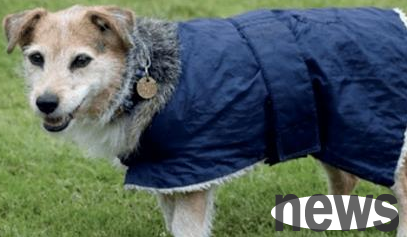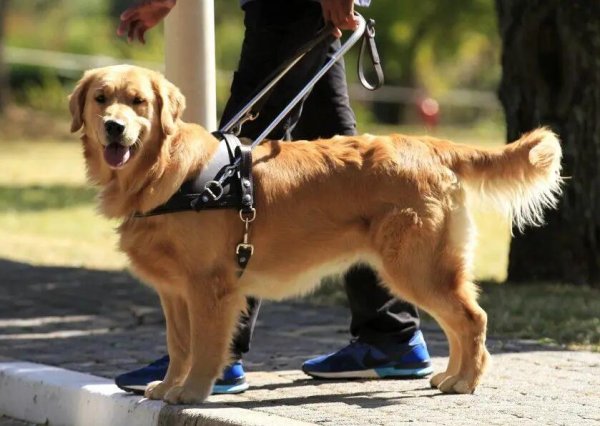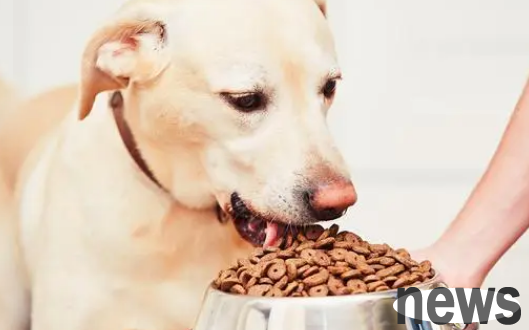What are the elderly diseases do dogs have? What are the characteristics of dogs’ aging?
Dogs usually enter old age after the age of 7 and gradually develop symptoms of aging, such as white hair, reduced exercise, turbid eyes, hearing deterioration, slow movement, and tooth loss. These are normal physiological phenomena in elderly dogs. At the same time, the probability of heart disease, joint problems and oral problems after the dog enters old age will increase. Therefore, owners should pay attention to strengthening care for the elderly dogs, adjust their diet appropriately, and avoid excessive calories, leading to obesity, increasing the burden on joints and increasing the probability of diabetes.

Common geriatric diseases in dogs
1, heart aging. Dogs are prone to heart disease when they are old, because as the heart ages, the blood output from the heart decreases and blood circulation is not smooth. If the blood cannot return to the heart smoothly, "ascites" are likely to occur, and more fluid accumulates on the dog's abdomen and limbs, causing edema or edema to the dog. In addition, elderly dogs are also prone to hydrops in their lungs. When the lungs are hydrops, dogs will experience symptoms such as cyanosis and gasp. These are common clinical symptoms caused by heart diseases.
2. Pancreatic decline can easily lead to obesity or diabetes. The pancreatic function of elderly dogs will gradually decline. If the owner does not pay attention to adjusting the dog's diet and continues to let it intake more calories, it can easily lead to obesity and even diabetes. This is also a common disease in elderly dogs. If the dog eats too much, drinks too much, has increased urine volume but has a decrease in weight, the owner must pay attention and take the dog to the pet hospital for examination in time.

3. Joints shrink and deteriorate, and mobility is inconvenient. Joint atrophy and degeneration is also one of the common diseases in older dogs. In this case, dogs' exercise volume will generally be significantly reduced, and they are unwilling to do exercises such as jumping, climbing stairs, and refusing to exercise. However, it is difficult for many owners to associate these symptoms of dogs with joint diseases, thinking that the dog is just aged simply. Obesity can increase the burden on dogs' joints and can cause joint problems more easily. Therefore, owners should avoid the dog being too obese. After the dog enters old age, appropriately reduce its exercise volume and reduce its joint burden.
The above examples are some common elderly diseases in dogs. I hope that all pet owners will pay attention to strengthening care for the elderly dogs and let them spend their old age happily.













